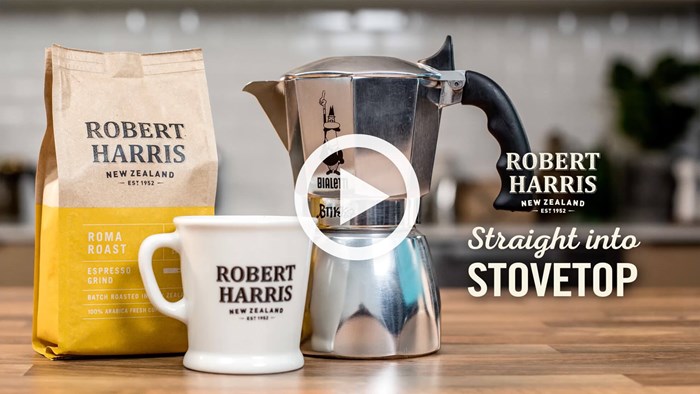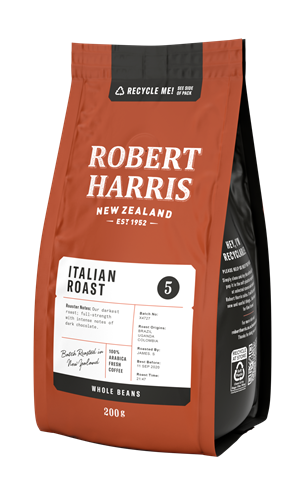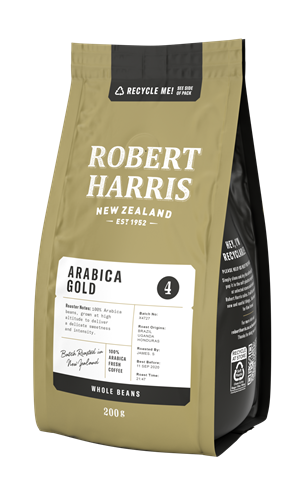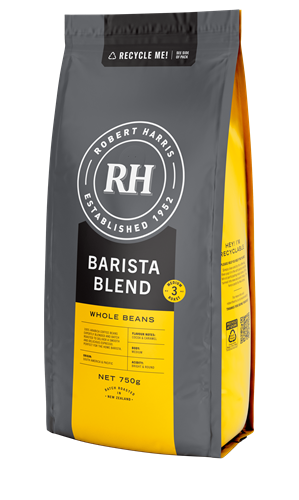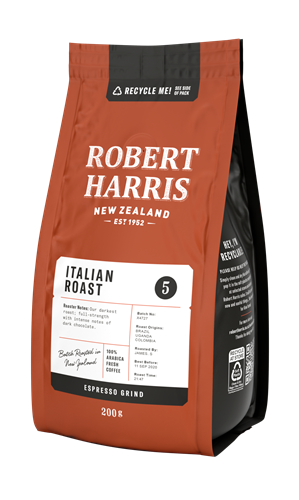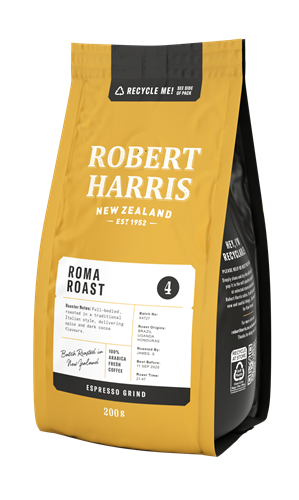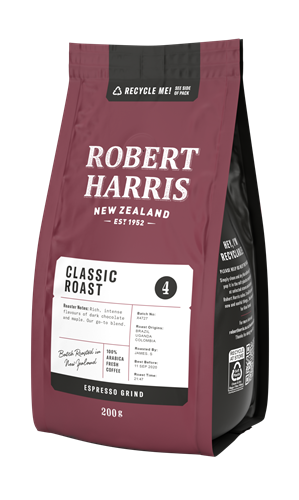Here are some simple instructions to finesse your stovetop coffee with Robert Harris.



Crafting The Perfect Coffee
Straight into STOVETOP
What You Need
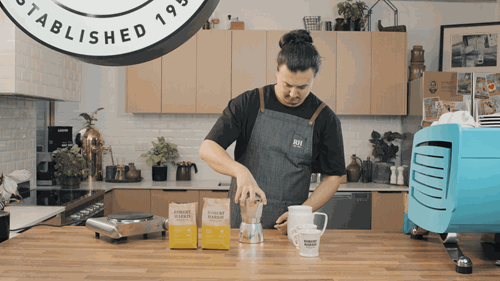
1. Stovetop Kettle
2. Robert Harris Espresso Grind Coffee
Explore Our Products
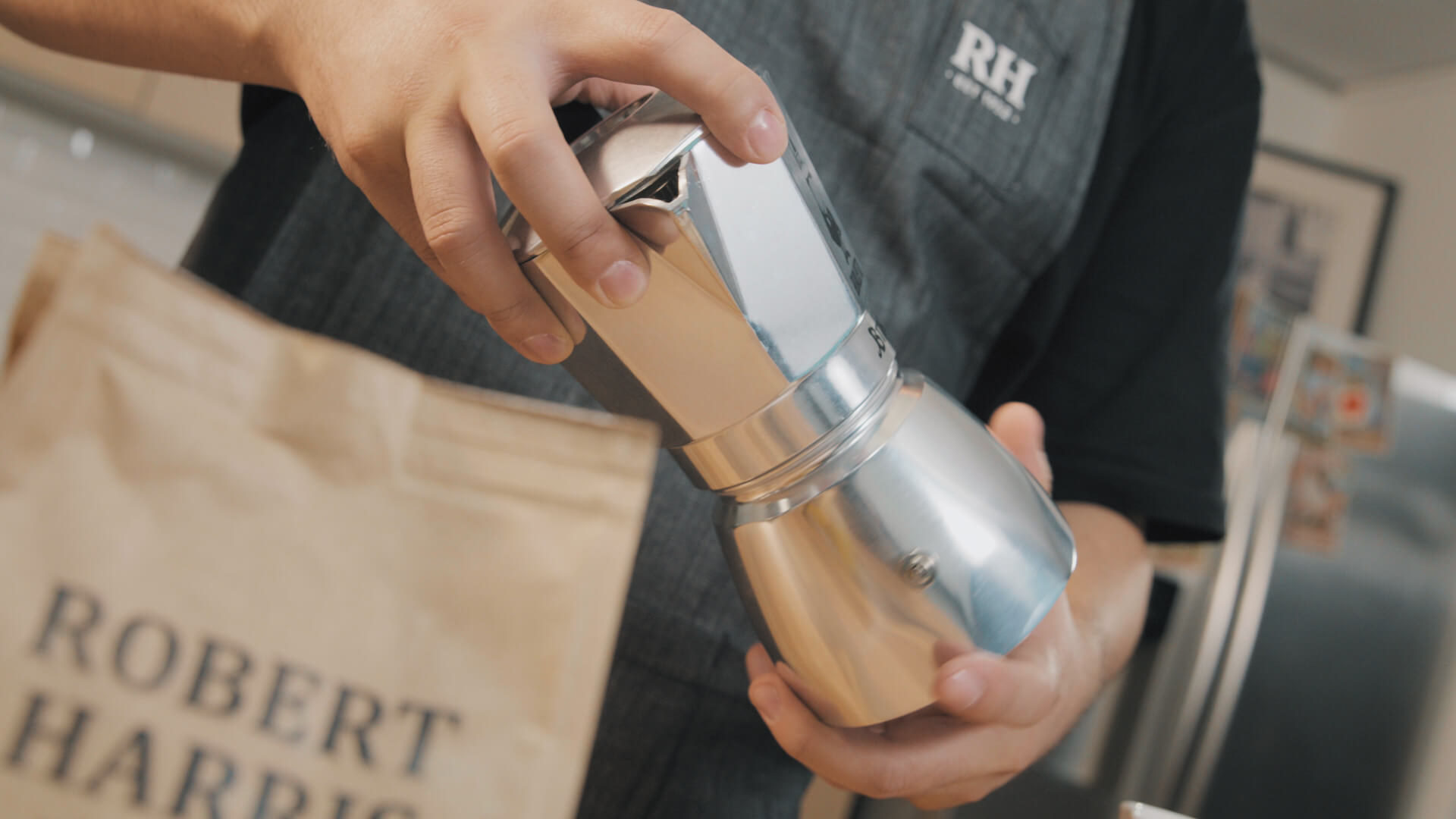
The Robert Harris guide to scrumptious Stovetop:
1. Unscrew the base chamber, rinse it and then fill it with fresh, cold water, filtered if possible, to just below the pressure valve.
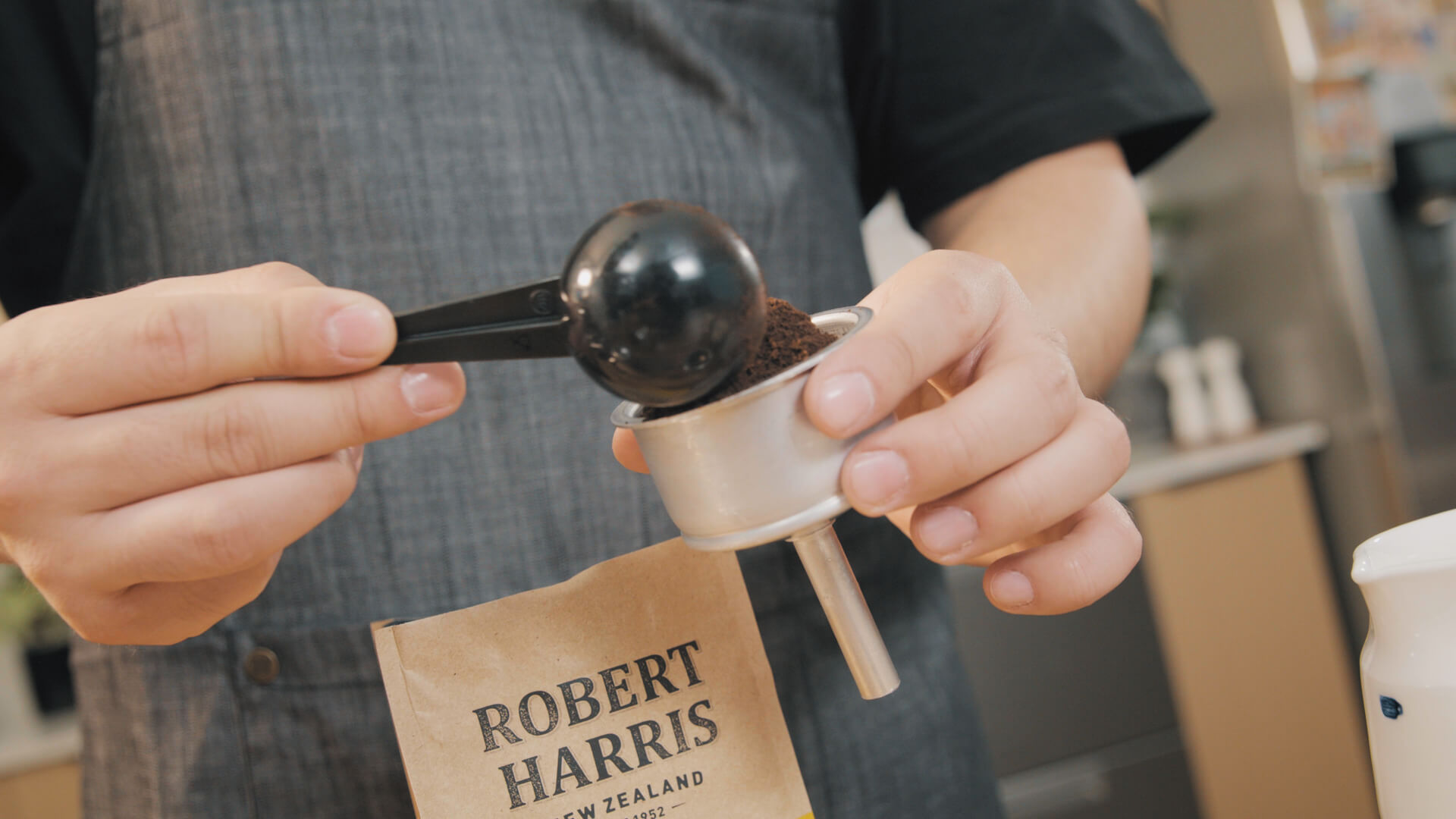
2. Fill the filter basket with espresso ground coffee until it is slightly heaped.
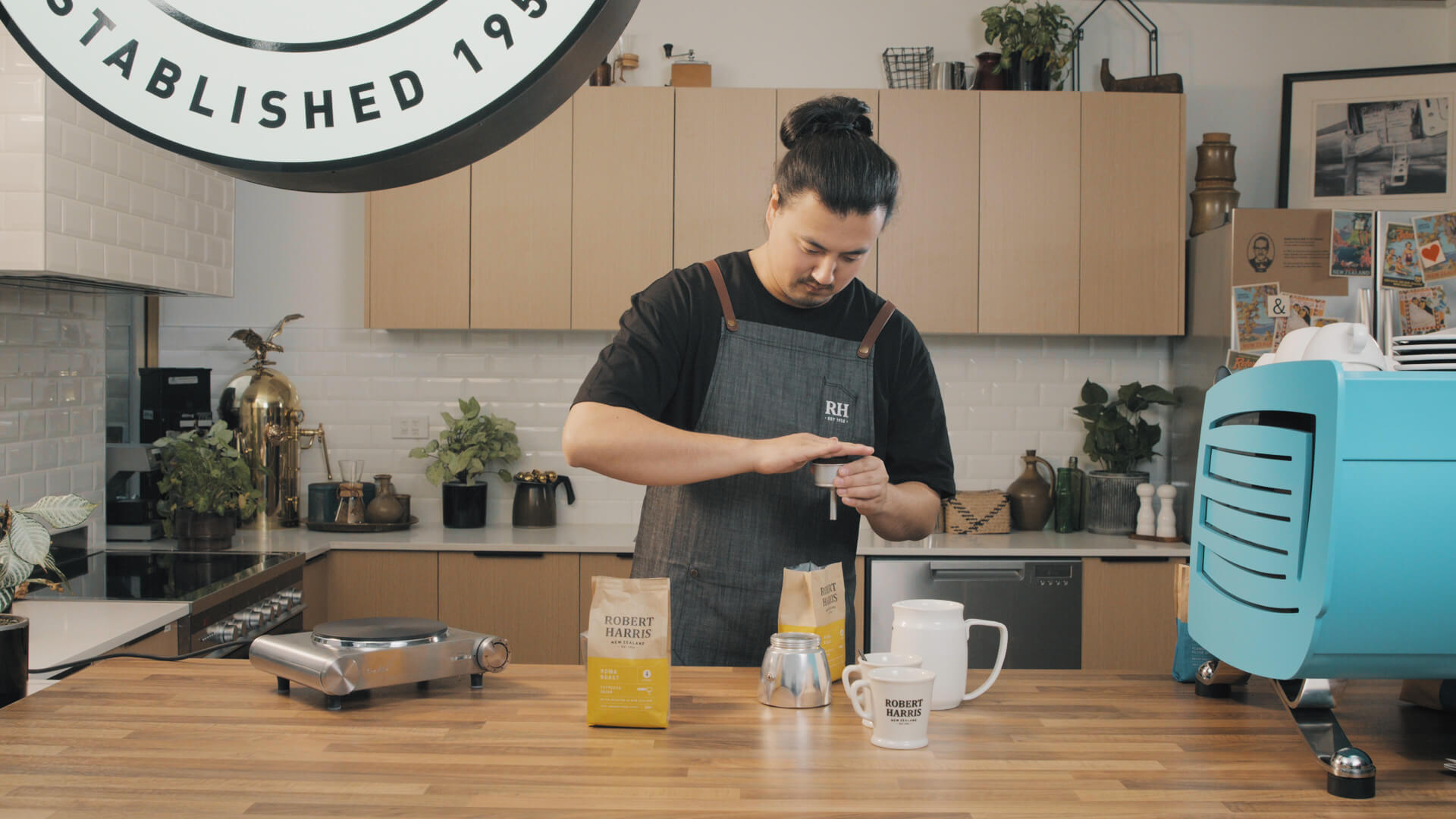
3. Press it down with your fingers and then tap it very firmly on the bench a couple of times to further settle the coffee.
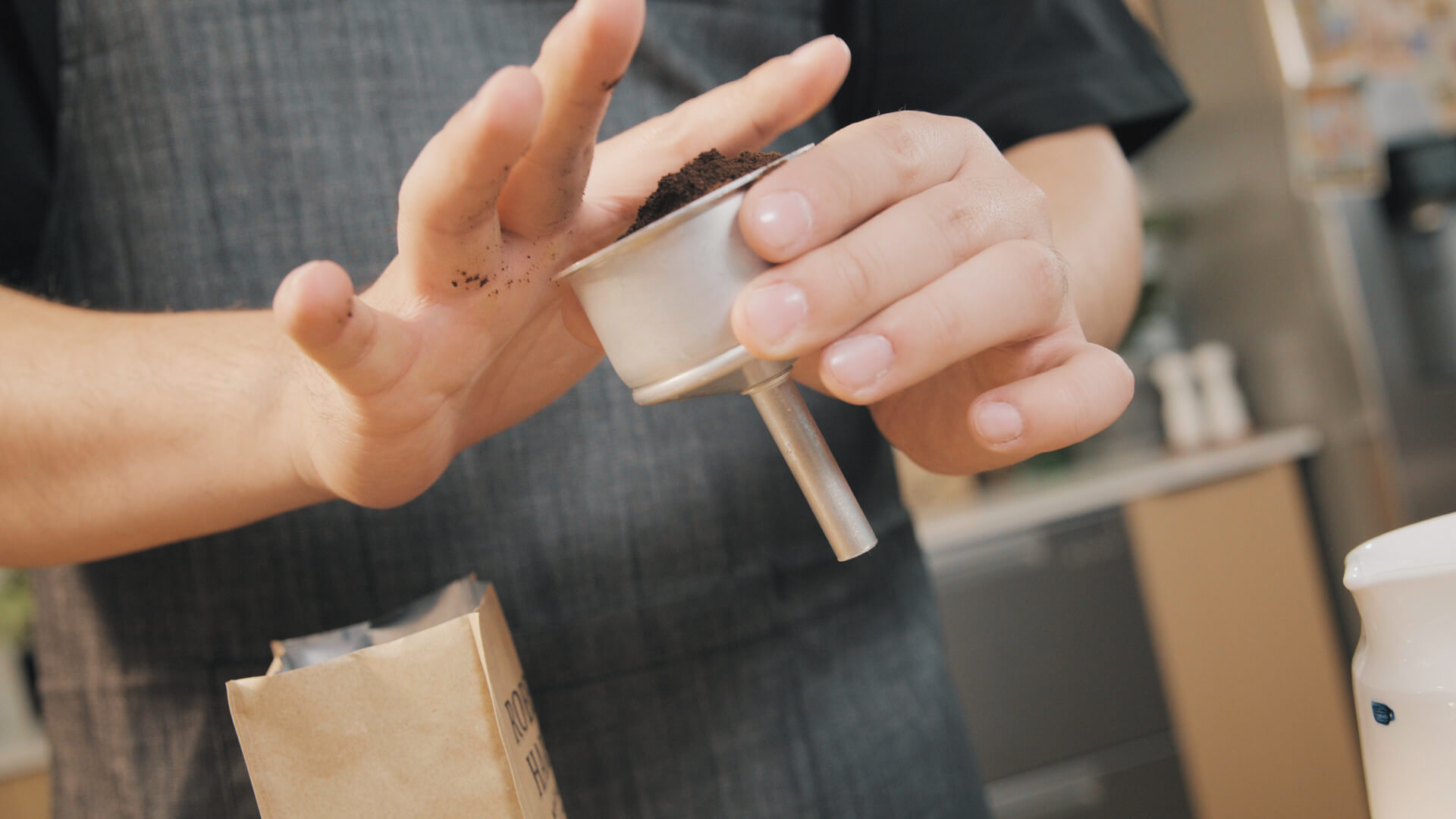
4. Give it another quick press to make sure it’s even, level it off, wipe the rim of the basket so that it forms a good seal and fit it into the base chamber.
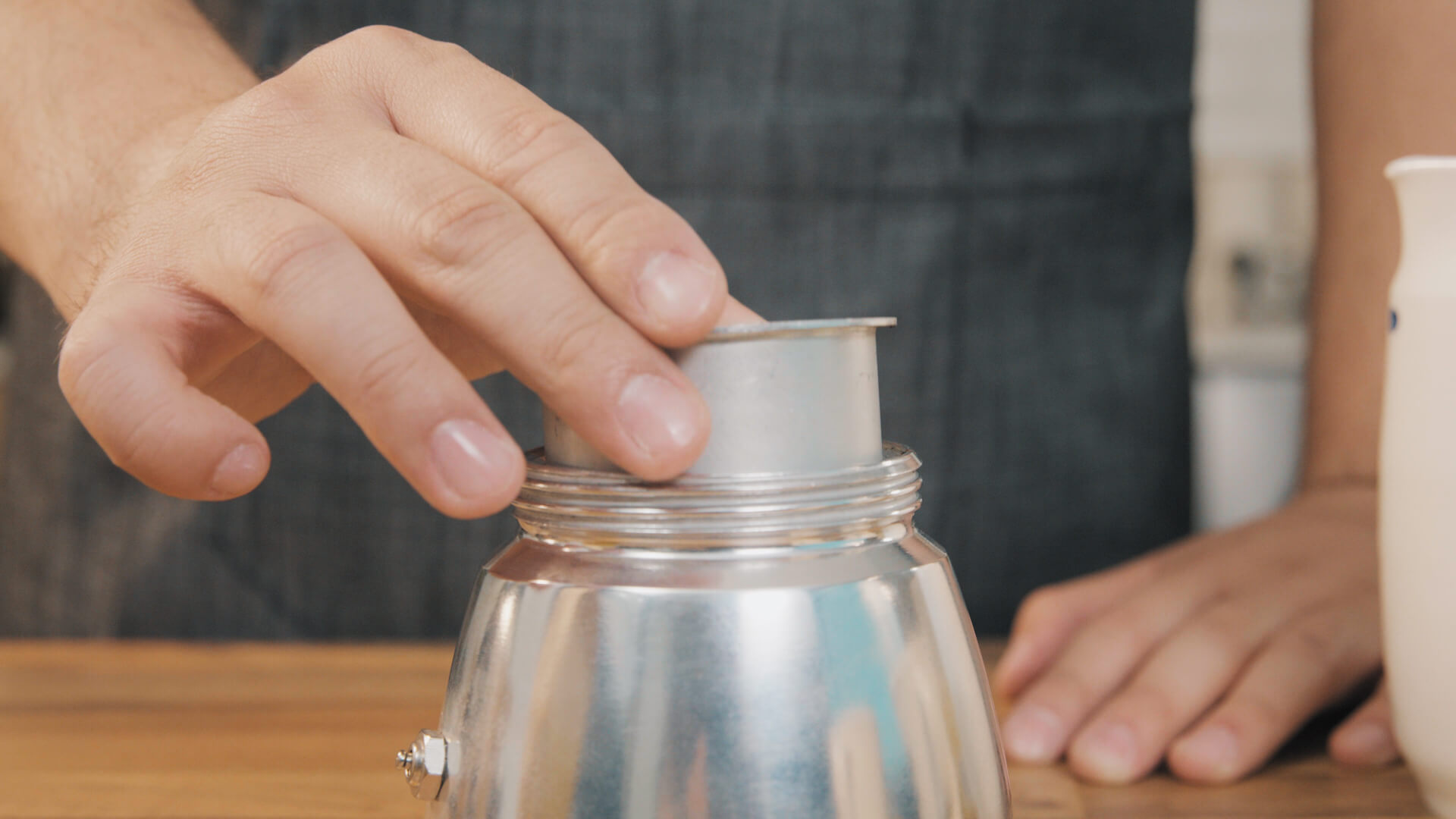
5. Carefully screw the top chamber on, as tightly as you are able.
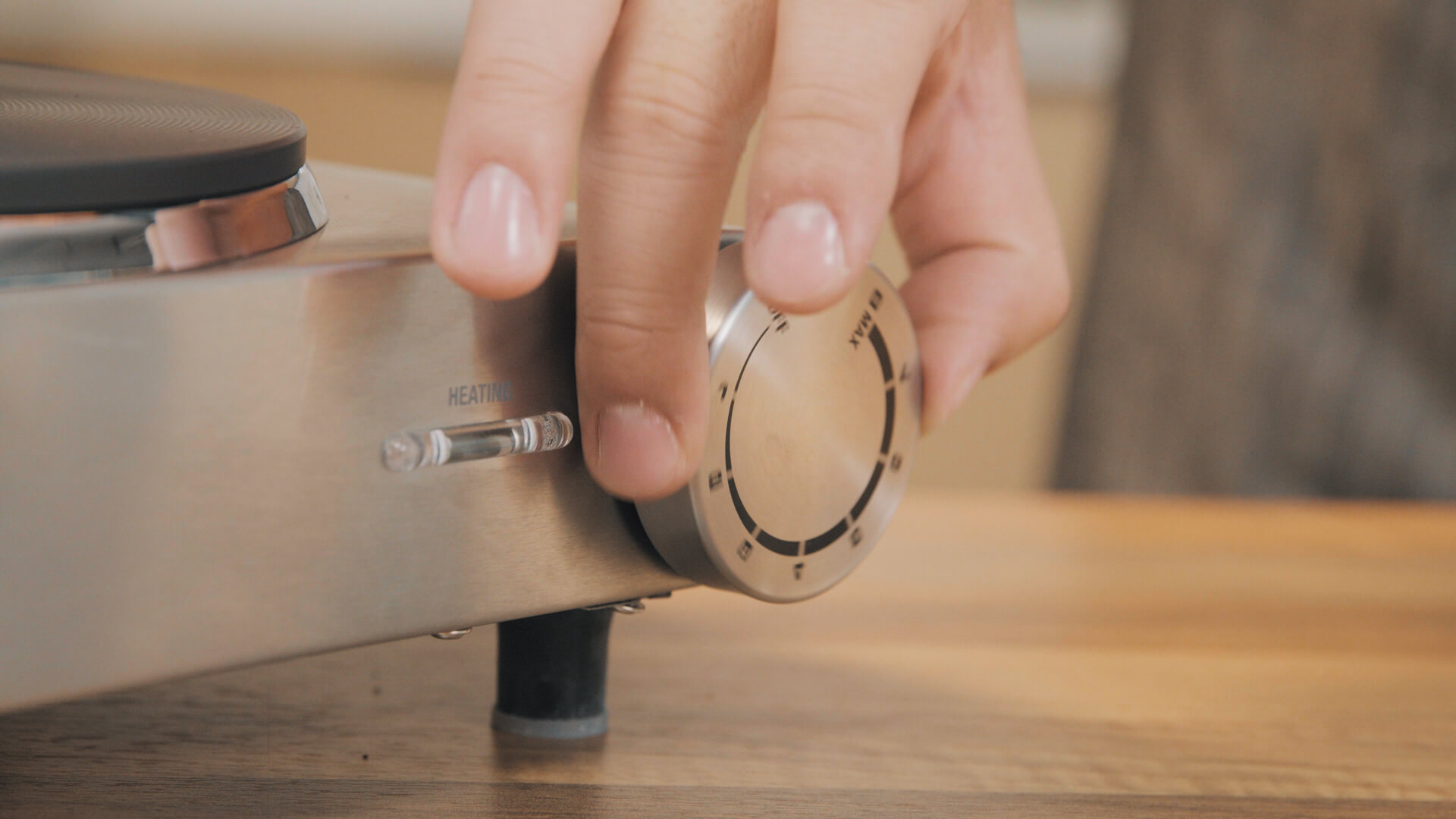
6. Place the espresso pot on a medium to low heat, so it heats slowly.
TIP: Keep an eye on the pot and try not to let it boil – you will hear the water traveling up through the filter and into the top chamber.
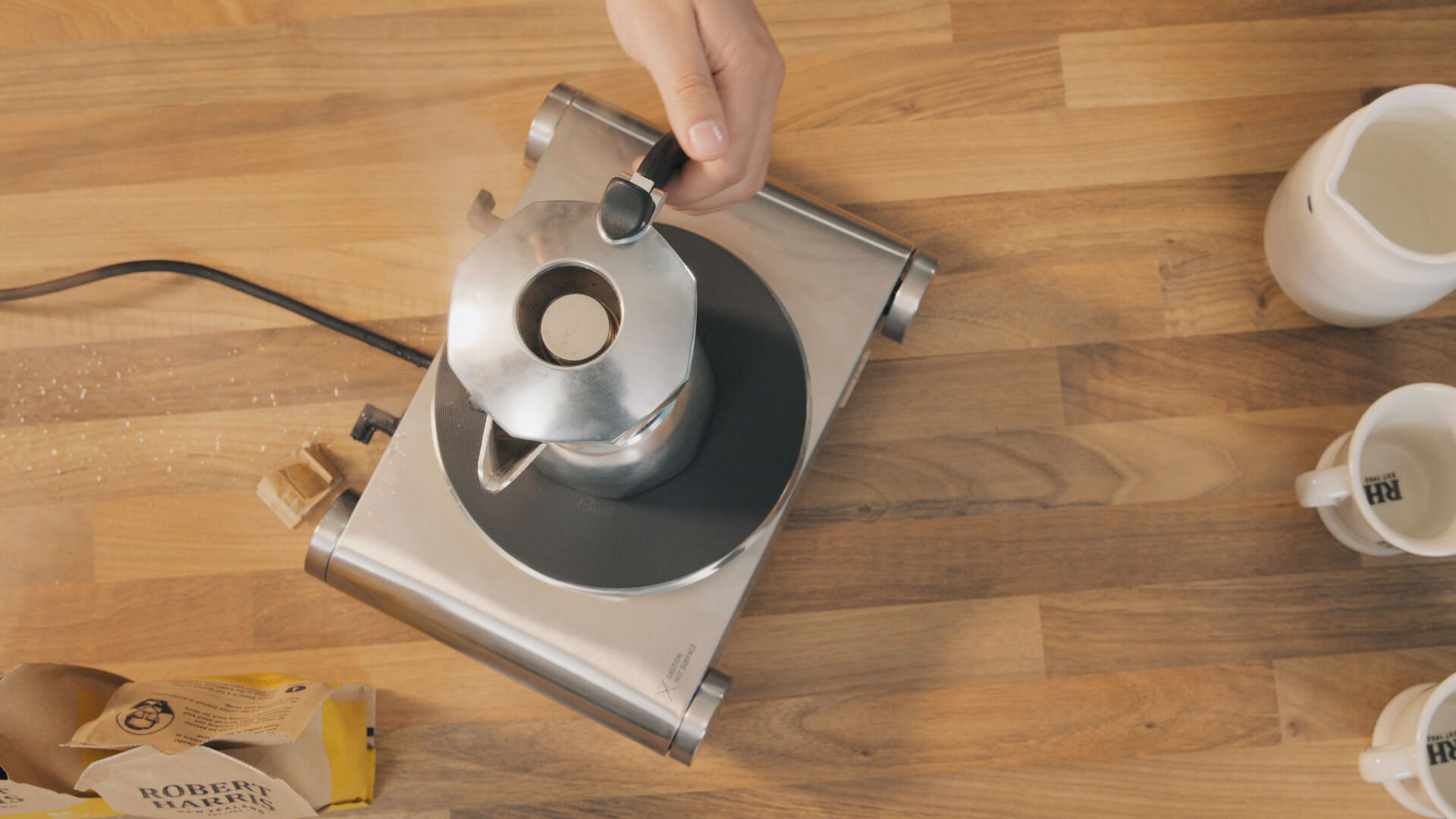
7. As you hear the bubbling turn into more of a spluttering, remove the pot from the element (approximately 5 minutes)
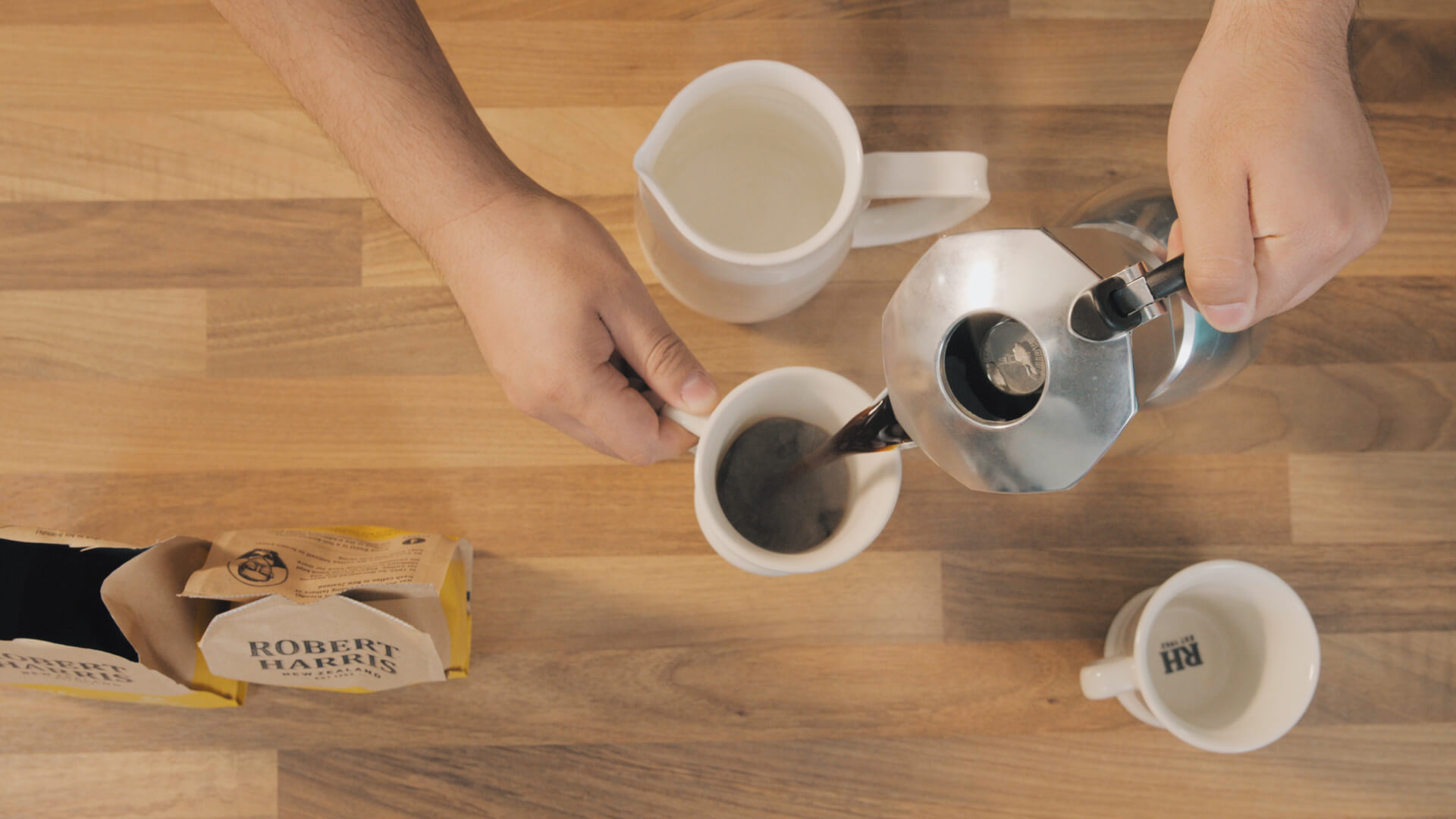
8. Give it a moment or two to settle, open the lid and inside you'll have deliciously strong, dark, espresso-style coffee.
COFFEE FAQS
Oxygen, moisture, heat and light are the enemies of fresh coffee. Exposure to these elements will cause your coffee to taint or become stale. Always store your coffee in an airtight container in a cool, dark place - but not in your fridge or freezer.
If you grind your own beans, only grind what you need to make a coffee. Ground coffee that isn't stored properly will go stale.
The function of the one-way Aroma Fresh Valve™ on the packs is to let carbon dioxide out and prevent oxygen from entering the pack. When whole coffee beans are roasted carbon dioxide is released. This continues to be released from the beans for 48 hours after roasting.
To enable the freshly roasted beans to be packed as soon as possible after roasting without the packet swelling and bursting, a valve is utilised to retain aroma and to ensure optimum freshness.
Grind choice is extremely important. Using a plunger grind in an espresso machine will mean you have a watery and weak coffee. If you use an espresso grind in a plunger you will find it hard to plunge and it is likely you will end up with grits and grinds in your coffee cup.
Espresso ground coffee is extremely fine and is designed to have the water passed through under pressure in a matter of 20-30 seconds. A plunger grind is coarse and designed to brew for 4 minutes. The coarse grind also means that when you plunge the coffee the water can freely pass through the coffee.
A Flat White is a single shot of coffee topped with velvety milk creating a 5-8mm cap.
A Caffe Latte is a double shot of coffee (or single shot) topped with velvety milk creating a 6-10mm cap. Traditionally served in a glass.
It is recommended to use water that is just off the boil. This means either 30-60 seconds after it has boiled, or turn the jug off just before it has boiled. Boiling water can burn the beans.
The beauty of these plunger bags is they will suit any occasion. Each plunger bag makes two cups, and multiple bags can be placed in the plunger.
So if you have a 6 cup plunger, place 3 x plunger bags in the plunger and add 4 ½ - 6 cups of water depending on strength preference and cup size.
We recommend placing no more than 3 bags per plunger.
